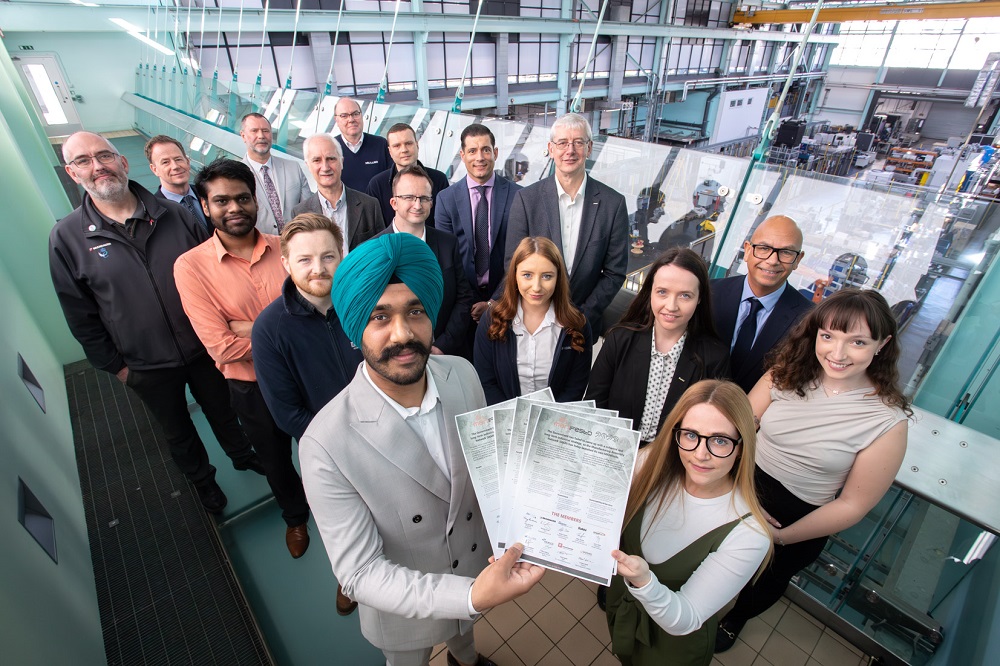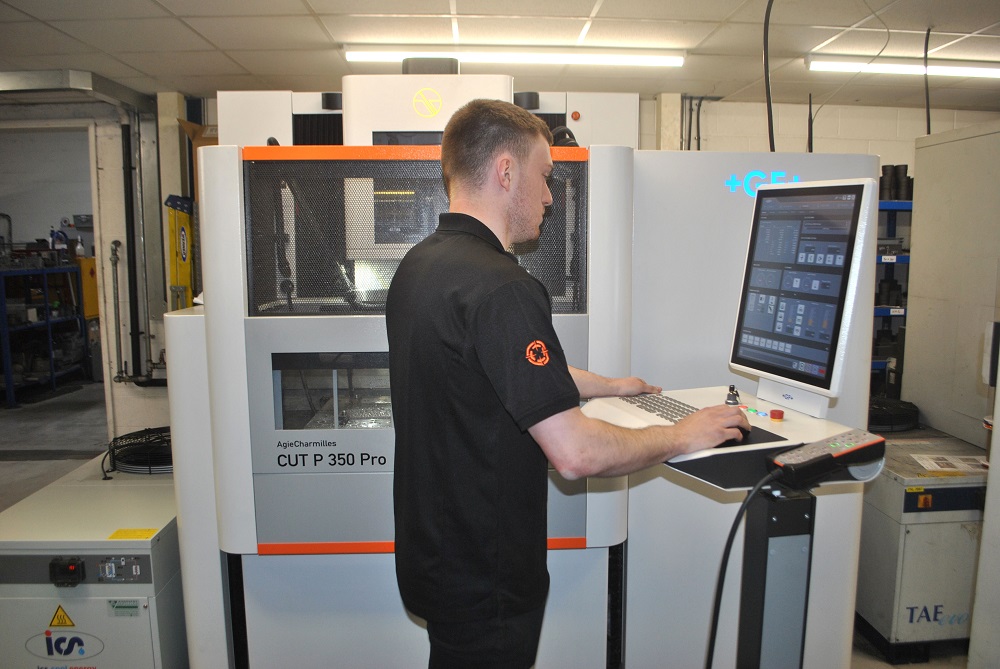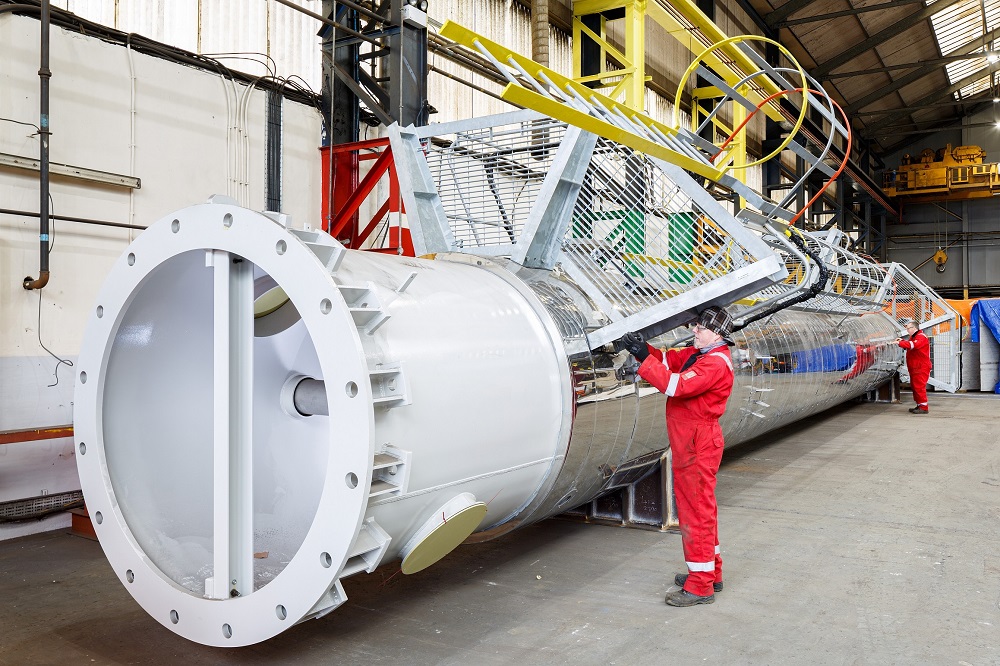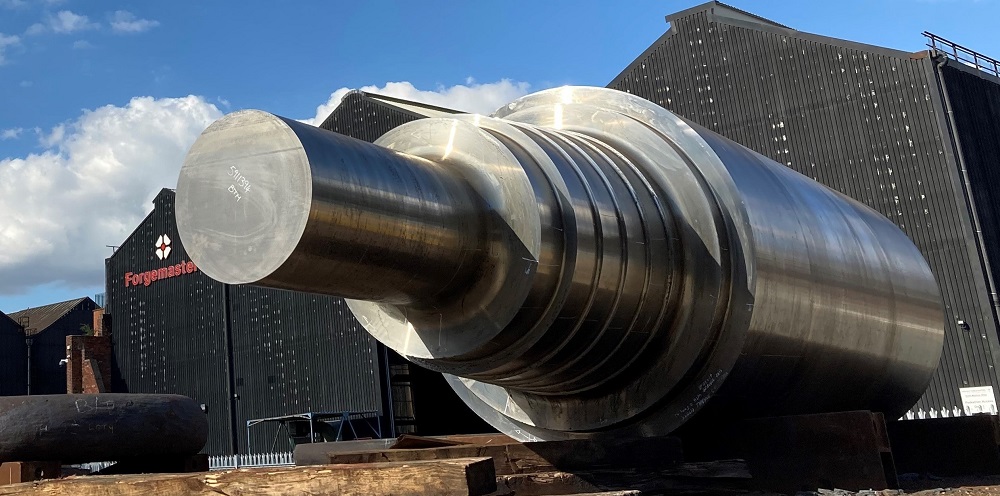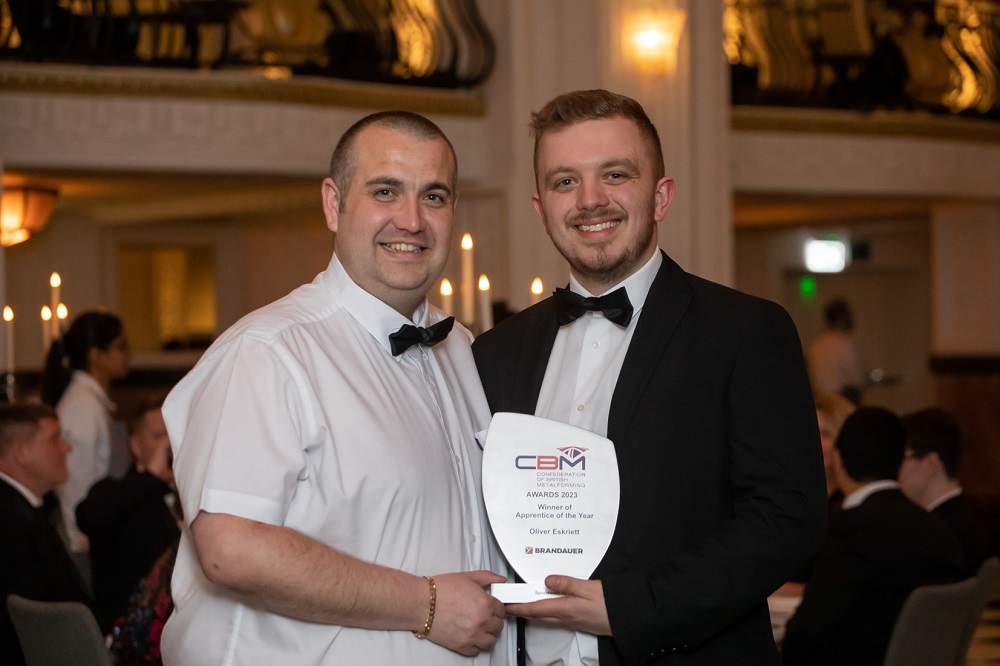GF Machining Solutions has recently supplied a new wire EDM machine to Mechlam Precision Tooling, a precision mould tool, fixturing and subcontract manufacturing specialist based in Haydock.The machine, an AgieCharmilles CUT P 350 Pro, arrived at the company’s 8000sq ft facility in October 2022 and is machining a range of high-precision components that include complex and highly accurate mould tools, inserts and associated parts.
The acquisition of the CUT P 350 Pro has significantly increased and improved Mechlam Precision’s wire EDM capacity and capabilities. Notably, the machine’s fast processing speeds combined with quick and easy job preparation and set-up, plus its ability to consistently hit tight geometric and dimensional tolerances, have been more than instrumental in helping the company secure more high-value work from new and existing customers.
Says Martin Atherton, Mechlam Precision’s managing director: “We are always looking to improve and, as such, regularly invest in advanced manufacturing technologies to help make us more productive, efficient and competitive.Our new CUT P 350 Pro is a case in point and has helped transform our wire EDM operations, enabling us to make precision parts faster, better and more economically than before.”
With business from many of Mechlam Precision’s customers, specifically in the automotive, aerospace and medical sectors, returning to pre-pandemic levels, the company needed to act quickly and decisively to meet the upturn in demand for its high-quality machining services.
“Our existing wire EDM resource, specifically an older machine that we had acquired some years earlier, was becoming unreliable and creating production bottlenecks that, if left unchecked, would impact on our ability to meet lead times,” reports Atherton.
To overcome the issue, Mechlam Precision decided to upgrade its wire EDM capabilities, approaching a number of machine tool suppliers with its plans.
Although Mechlam Precision has a long-standing relationship with GF Machining Solutions, having invested in a number of the company’s milling and EDM machines in the past, the company decided toinvite three wire EDM machine tool manufacturers to present their ideas and take part in a test cut.
“The part selected for the trial cut was an existing mould tool insert that we have machined in the past, and that we knew inside-out,” says Atherton. “We were particularly interested in how the machines proposed by each manufacturer would meet the high accuracy and surface requirements, as well as the total processing time [from set up through to the completion of machining] involved to complete the part.”
The results of the test cut were illuminating.GF Machining Solutions’ CUT P 350 Pro machine used for the test cut came out “head and shoulders” above the other two machines in terms of speed and precision.
“The test cut results plus GF Machining Solutions’ back-up and support were major factors in us placing the order for the CUT P 350 Pro”, states Atherton. “Since being installed, back in October 2022, we have been blown away by the CUT P 350 machine’s continued performance, flexibility, reliability and efficiency.
According to GF Machining Solutions, the CUT P 350 Pro is a high-end wire EDM machine that features a number of proprietary technological innovations.The machine is compact and boasts X-, Y- and Z-axis travels of 350 x 250 x 220mm respectively, and can handle workpieces up to 1000 x 550x 220mm in size and up to 750kg in weight. In addition, the CUT P 350 Pro has a rigid design and build, and is equipped with GF Machining Solutions’ Quadrax system for high stability and accuracy during machining operations.
Says Atherton:“The mould tools, mould inserts and precision parts we machine are characterised by their high accuracies (±2µm) and surface finishes (Ra 0.08µm).The machine’s Quadrax system ensures we are able to meet these stringent quality requirements, even during long machining runs.”
The CUT P 350 Pro also features GF Machining Solutions’ Spark Track and digital generator technology – both designed to improve productivity, performance and process reliability.
“The machine is equipped with ISPS [Intelligent Spark Protection System] and iWire: together they have had, and continue to have, a significant impact on our performance,” says Atherton.
ISPS monitors the spark environment in real time, adjusting the spark intensity according to individual part characteristics and features.This technological innovation reduces the potential for wire breakage during machining operations, ensuring machine uptime and optimal production.
Says Atherton:“ISPS helps reduce wire breakages that can be caused by poor flushing and/or unstable machining conditions.As a consequence, machining operations do not require stopping to allow for wire re-threading and our production schedules are uninterrupted.”
ISPS is particularly beneficial during lights-out, unattended operations where wire breakages can severely disrupt and compromise production planning and manufacturing output.
Running in conjunction with ISPS is the machine’s iWire innovation which, adjusts wire speeds (feed rates) according to individual part characteristics.The bottom line with iWire is that the process consumes less wire to produce complex parts, delivering real consumable savings to the customer.
“IWire helps us reduce the cost per part, and this enables us to be more competitive,” states Atherton.
Another innovation, available on all new machine tools from GF Machining Solutions, is rConnect, a remote and secure diagnostic and trouble-shooting facility that provides customers with instant and secure assistance in real time.
Says Atherton:
“rConnect is a really useful tool.If we experience any machine or machining issues, or if we specifically need applications help and advice, the rConnect facility gives us instant access to GF Machining Solutions’ service engineers who are on hand to provide immediate expert input and assistance.”
Since investing, Mechlam Precision’s new CUT P 350 Pro has been operating around the clock.The machine is helping the company secure new, high-value machining contracts and is a key component in Mechlam Precision’s drive and ambition to create a truly world-class machining resource and become a ‘preferred partner’ to many of its customers.
For further information www.gfms.com






